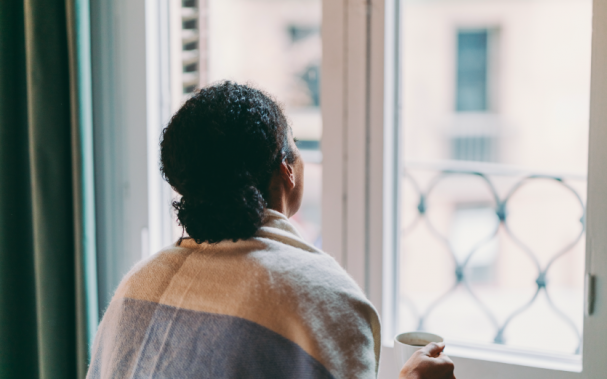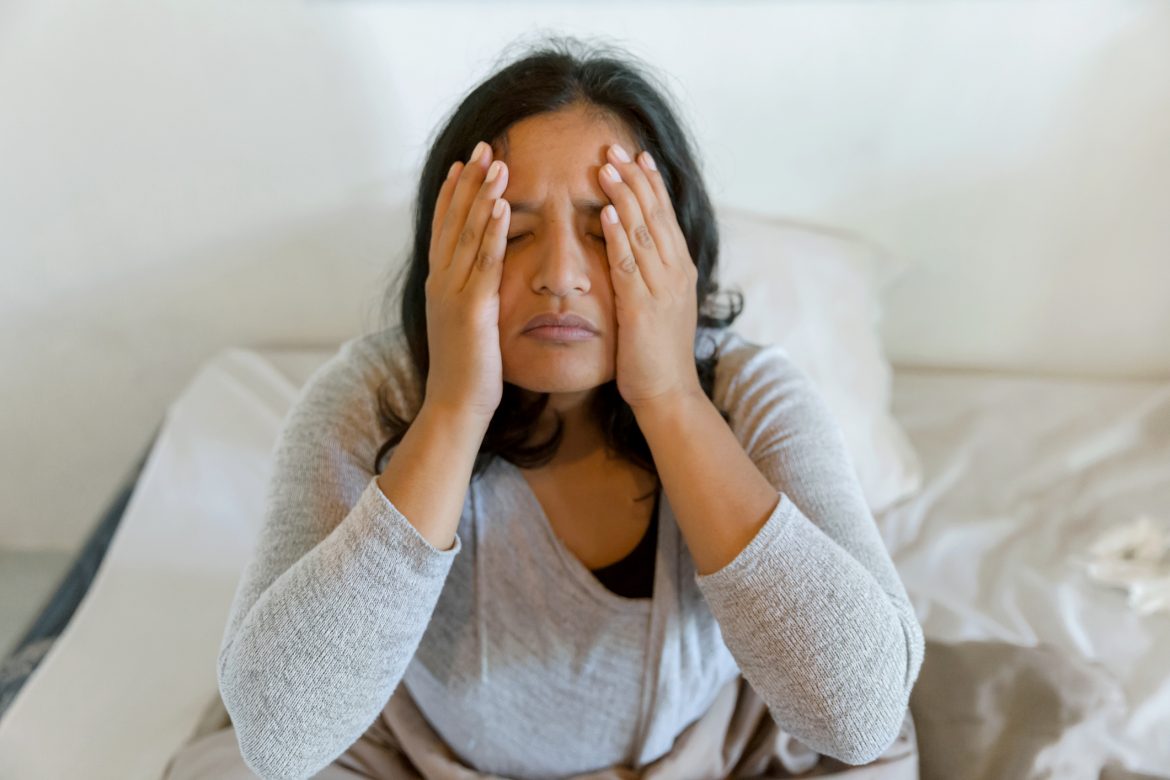With the air fresh and crisp looming, many people find themselves battling the notorious ‘winter headache.’
It’s a common belief that cold weather can worsen or trigger headaches, leading to increased discomfort during the winter months. But, is there any truth behind this? If extreme heat can trigger a headache, can the same be said for cold temperatures?
We look into it and share some tips on how to combat the dreaded winter headache:
Understanding more about headaches, generally
Headaches range from mild to debilitating. They can stem from various factors such as stress, dehydration, hormonal changes, eye strain, sinus congestion, and even certain foods. The most common kinds of headaches experienced can be anything from painful migraines to tension and cluster headaches:
Tension headaches: These are the most common type and usually present as a dull, aching pain on both sides of the head. They are often associated with stress, muscle tension, or poor posture.
Migraines: Migraine headaches are typically more severe than tension headaches and are often accompanied by additional symptoms such as nausea, vomiting, sensitivity to light and sound, and visual disturbances. Migraines can be triggered by various factors, including hormonal changes, certain foods, environmental factors, and stress.
Cluster headaches: These are intense headaches that occur in clusters or groups. They cause severe pain, usually on one side of the head, along with other symptoms like eye watering, nasal congestion, and restlessness. Cluster headaches are relatively rare but can be very debilitating.
Sinus headaches: These headaches are associated with inflammation or infection of the sinuses. They typically cause pain or pressure around the eyes, cheeks, and forehead, and may be accompanied by nasal congestion and discharge.
Indoor environments vs winter headaches
During winter, people tend to spend more time indoors, where the air can be dry due to heating systems. Dry air can cause dehydration, leading to headaches. Moreover, spending prolonged periods in poorly ventilated environments or exposure to artificial lighting can also trigger headaches.

Tip: Even though it’s cold, always be in a well-ventilated space. This will decrease the risk of germs spreading as well
Routine changes exacerbate headache symptoms
The winter season often brings changes in daily routines, including altered sleep patterns, irregular meal times, increased stress levels, and being less active. These lifestyle factors can play a significant role in headache occurrence, irrespective of the weather.
Tip: Try to maintain your regular routine throughout winter – as challenging as it may be! A routine will not only benefit your physical being but your mental being as well. Which is something that people struggle with in winter.
ALSO SEE: Living room exercises for winter

Reduced sunlight exposure is a culprit…
Limited exposure to natural sunlight during the winter can disrupt the body’s production of serotonin, a neurotransmitter that regulates mood and helps prevent headaches. This disruption, along with potential Vitamin D deficiency, can contribute to an increase in headaches.
Tip: During the winter months, supplement with an extra dose of vitamin D for an added boost.
How to manage winter headaches
If you find yourself prone to pounding headaches during the winter season, there are several measures you can take to alleviate the debilitating effects:
- Stay hydrated: Drink plenty of water to counteract the dry indoor environment and maintain optimal hydration levels.
- Maintain a regular routine: Stick to consistent sleep schedules, eat well-balanced meals, and manage stress effectively to minimize headache triggers
- Optimize indoor environment: Ensure proper ventilation, introduce humidity into the air, and avoid excessive exposure to artificial lighting.
- Embrace natural light: Spend time outdoors during daylight hours, even if it’s overcast, to soak in natural sunlight and boost serotonin levels.
- Consider therapeutic techniques: Explore relaxation techniques such as deep breathing exercises, meditation, or yoga to manage stress and promote overall well-being.
- Dress warmly: If you going to have a winter headache, you might as well be stylish while it’s happening. Make use of warm head accessories like beanies and head scarves for an extra layer of protection against the cold. Remember to cover the ears as well!
ALSO SEE: Don’t dry up this winter – increase your water intake and stay hydrated
Remember, consult with a healthcare professional for personalised advice if you experience severe or persistent headaches.
ALSO SEE:
Living with fibromyalgia – a chronic pain condition put into perspective
Feature image: Getty

